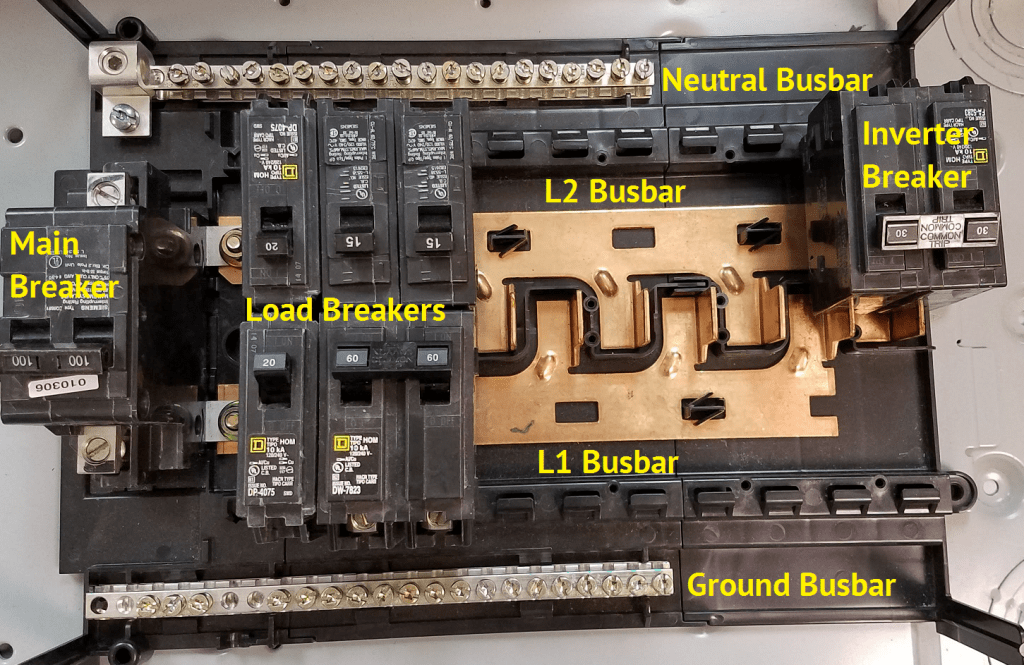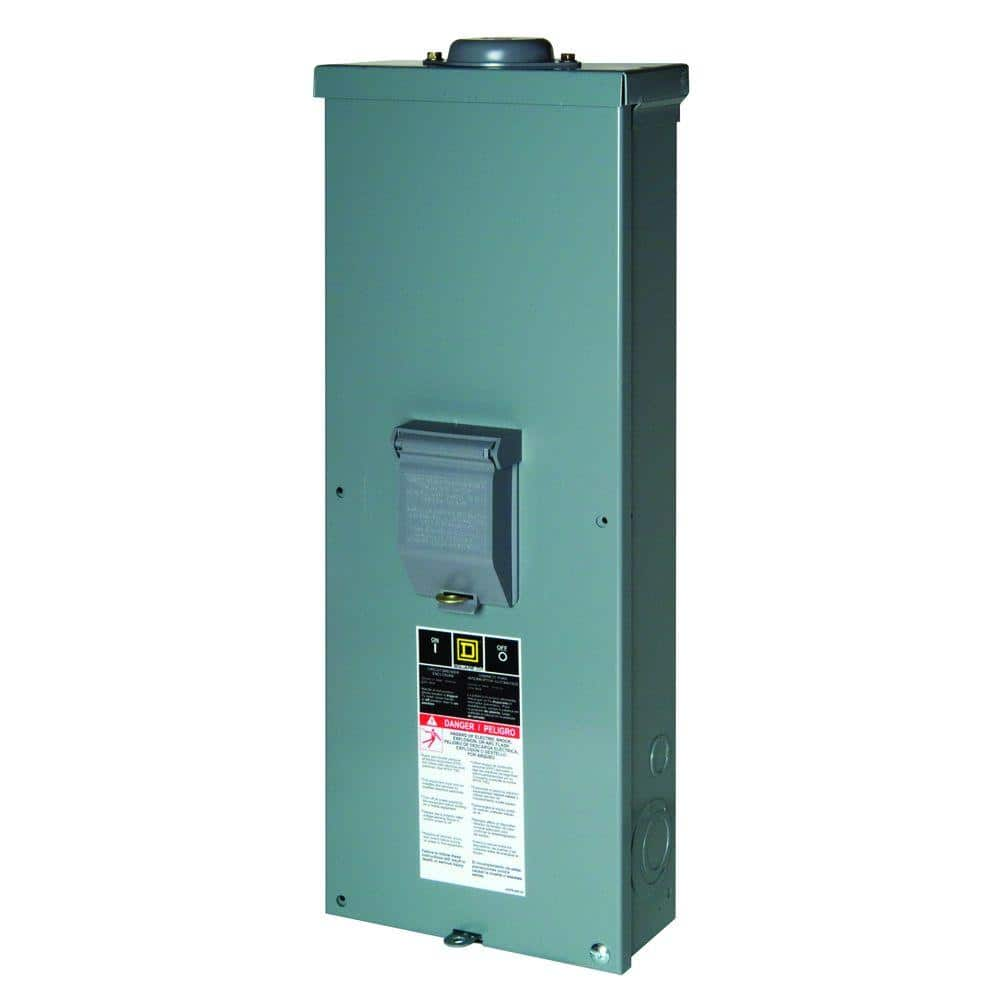So, I have consulted several electricians and 2 solar vendors. The electricians say one thing, the vendors' electrical engineers say another. Here is the issue:
I just bought a 225buss/200amp panel with 70amp solar ready, (homedepot.com/p/Eaton-CH-200-Amp-42-Circuit-EUSERC-Solar-Power-Meter-Breaker-Outdoor-Surface-Mount-CMBE4242PV200BS/306673952#overlay), I have a proposed solar array that would need (2) 7.6kw inverters that have a max output of 64amps. The vendors say the 120% rule means that that max the electric panel can accept is 270amps from both the electric service and the solar, but there has to be a 125% buffer, so the max on the solar would be 56amps (56ax125%=70a). Here are the pages for the 2 vendors:

 www.altestore.com
www.altestore.com

Whereas 3 electricians have said that the panel can accept the 64 amps from the inverters (without degrading the main breaker).
Who is correct? I've literally been dealing with this for a week. Oh and the manufacturer of the panel also says it would be ok too with the 64 amps.
Thanks!
I just bought a 225buss/200amp panel with 70amp solar ready, (homedepot.com/p/Eaton-CH-200-Amp-42-Circuit-EUSERC-Solar-Power-Meter-Breaker-Outdoor-Surface-Mount-CMBE4242PV200BS/306673952#overlay), I have a proposed solar array that would need (2) 7.6kw inverters that have a max output of 64amps. The vendors say the 120% rule means that that max the electric panel can accept is 270amps from both the electric service and the solar, but there has to be a 125% buffer, so the max on the solar would be 56amps (56ax125%=70a). Here are the pages for the 2 vendors:

Grid-tied Solar and the Dreaded 120% Rule | altE Solar Blog
Once solar inverters get larger than 7680W, installers often will run into a NEC restriction known as the 120% rule. We go over some solutions...
 www.altestore.com
www.altestore.com

Whereas 3 electricians have said that the panel can accept the 64 amps from the inverters (without degrading the main breaker).
Who is correct? I've literally been dealing with this for a week. Oh and the manufacturer of the panel also says it would be ok too with the 64 amps.
Thanks!




